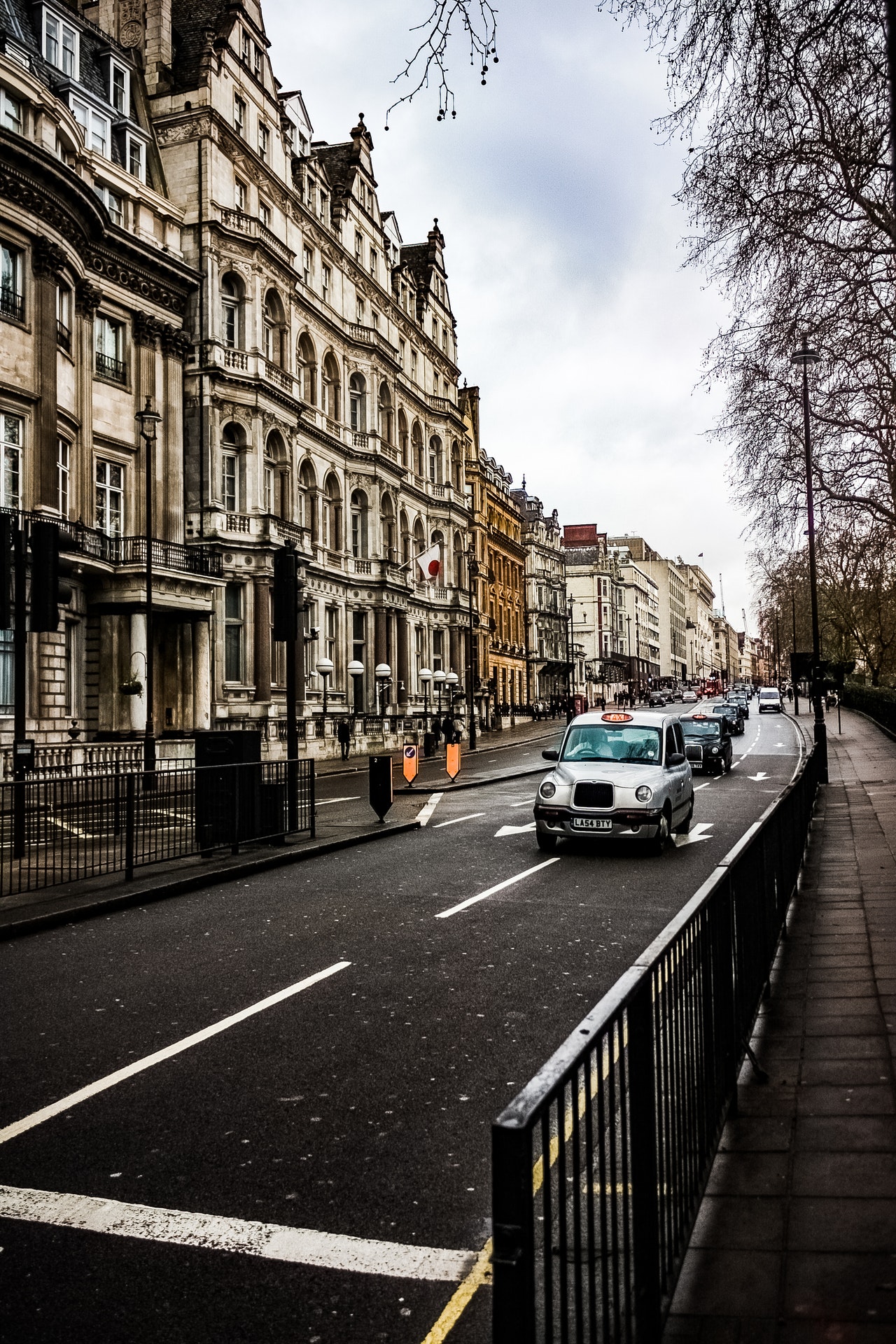How has COVID impacted UK roads? The car gurus at ATS Euromaster recently ran a report looking at
that very question, with two “normal” years (2008 and 2018) pitted
against pandemic-ravaged 2020.
There’s plenty to dig into, and we’ve
decided to drill into three areas of the report in particular:
Let’s get cracking.
Bicycles are in vogue – and weekends
are an especially popular time
Footfall has tanked on public
transport and gone towards two-wheeled travel instead.
Bicycle traffic has been higher than
normal from March-September, and is predicted to increase. If nothing else, you’d think the
pandemic has done wonders for retailers in this sector.
Let’s look closer:
Bank Holiday traffic is way down
Bank Holidays are an interesting litmus
test because, barring New Year’s Day, they’ve all fallen within the lockdown
period. And one thing is abundantly clear: they haven’t been the same in the UK
this year.
Let’s look at vehicular traffic
during Bank Holidays.
Vans are holding steady
Vans have
been a fixture of UK roads throughout lockdown.
- Though
numbers dropped the day after the Prime Minister announced the nationwide
lockdown, they’ve since been climbing – up to 50% of normal levels in early May
and close to 100% by the end of June.
- In
fact, as of September, there are more weekend vans in circulation than you
might find in other years. This suggests a renewed appetite for online
deliveries that arrive when people are home on Saturday and Sunday. Good news
for Amazon and co, no doubt, though perhaps a worrying statistic for the flagging
high street.
Check out
the ATS Euromaster report for more. You’ll find plenty to digest, including
what our roads looked like in “normal” times (2008 and 2018) and even
some useful things to keep in mind should you wish to beat rush hour.
In the end, while public transport numbers remain low, car traffic is getting back to normal. Meanwhile, cycling has never been more popular and given that getting fit is one form of protection against COVID-19, this can only be a good thing.



 Bitcoin
Bitcoin  Ethereum
Ethereum  Tether
Tether  XRP
XRP  Solana
Solana  USDC
USDC  TRON
TRON  Cardano
Cardano  Lido Staked Ether
Lido Staked Ether  Avalanche
Avalanche  Toncoin
Toncoin